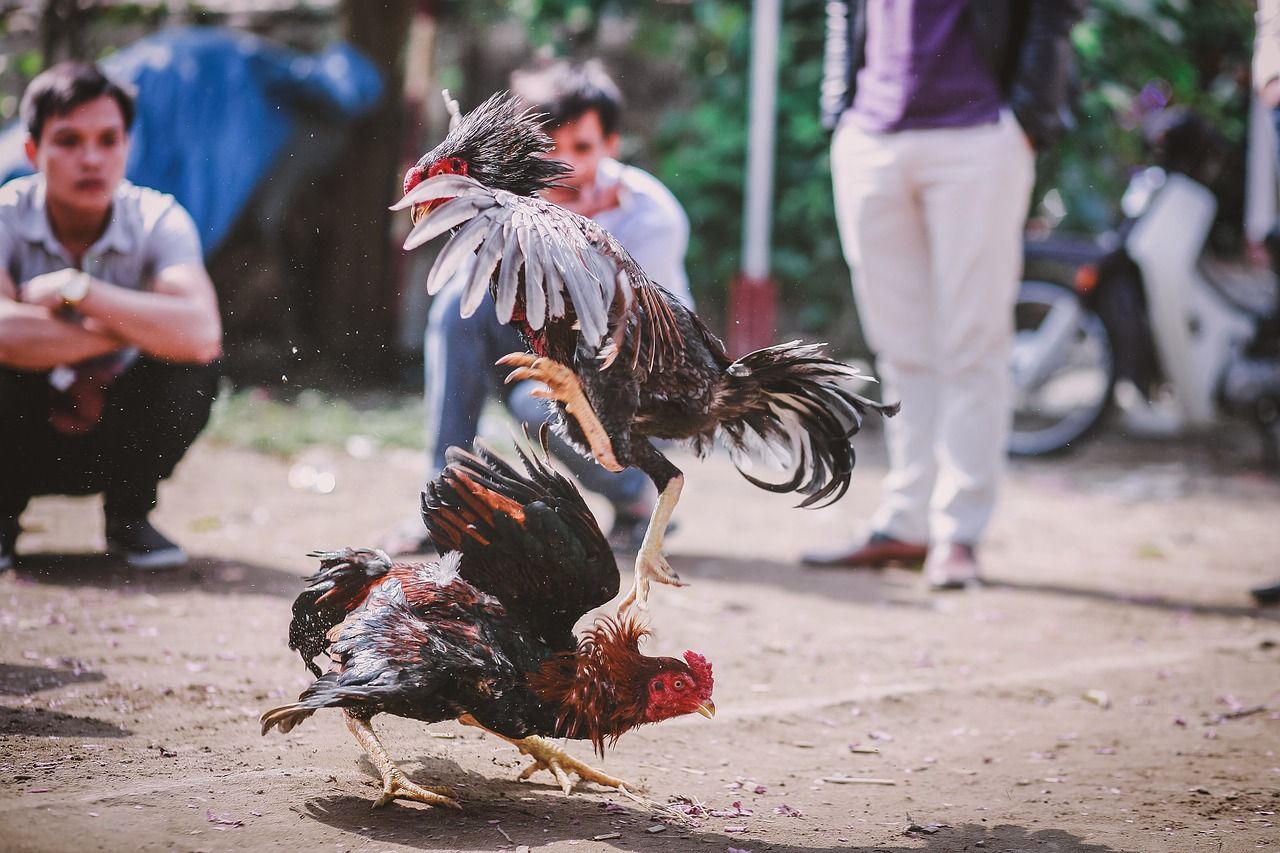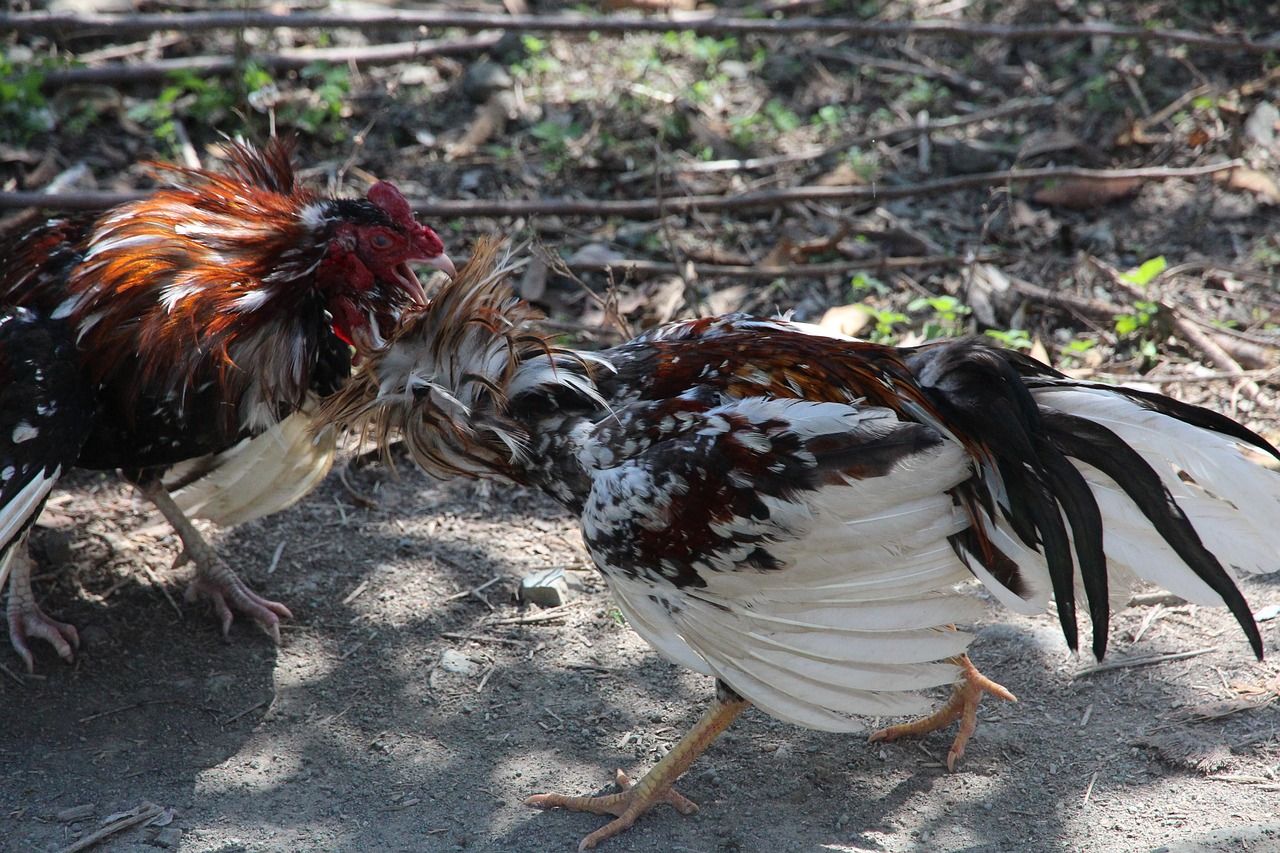Cockfighting: A practice of Abuse and Violence
Cockfighting: A practice of Abuse and Violence Cockfighting is a very common hobby in many places of Ibero-America. Its legitimacy and legality have been widely contested, and the global trend points to a total ban. But,

Cockfighting: A practice of Abuse and Violence
Cockfighting is a very common hobby in many places of Ibero-America. Its legitimacy and legality have been widely contested, and the global trend points to a total ban. But, why has it been so difficult to achieve this ban? Here we tell you about it.
The Cockfighting Business
One of the reasons cockfights have been so prolific is the money they move. Despite their inherent cruelty and clandestine character, cockfighting is a million-dollar industry. The “chicken industry” is not simply about gambling, although gambling motivates the rest of the corporate machinery.
Cockfighting involves a network of breeders and trainers, as well as fighting arenas and a service industry. This does not include the clandestine aspect in countries where it is illegal because in these cases corruption abounds. Only in countries like Puerto Rico, cockfights move around 100 million euros a year.
History
Although Cockfights are closely linked to Hispanic culture, they originated in the Orient. This hobby has been perfected in China and India for more than 6,000 years. Because of contacts between Asia and Europe, the fights reached the Roman Empire and became popular. Here they became a manifestation of manhood and economic power.
With the collapse of the empire, its colonies retained much of the cultural heritage. Thus, cockfighting became so important to Iberian culture. During the conquest, the colonists introduced this activity in the American continent. From that moment on, it has been a cultural manifestation that has been presented from Argentina to the United States.
Opinions
For millennia around the world, and centuries specifically in America, cockfighting had full legal freedom. In the second half of the last century, there was a change with the rise of humanist popular movements around the world. Public and legal opinion regarding cockfighting took an abrupt turn, they were considered as humane and ethically reprehensible.
Animal protection societies have condemned them seriously, they call them unjustifiable acts of sadism towards defenseless animals. Various governments have also sought ways to stop these activities. This is because many illicit drug deals and trafficking move around these fights. They also incite violence and brutality.
The advocates of these fights focus on the cultural weight they have for Hispanic Americans. Because of being almost an ancestral practice, it has been deeply introduced into the culture and is part of the historical identity of many peoples. In addition, as we already mentioned, it is a multimillion-dollar industry that favors even the politicians who defend it.
Reality
Despite these defenses, cockfightings have become synonymous of clandestinely, violence and underworld. This industry moves the machinery of animal mistreatment that subjects the roosters to deplorable conditions of torture. In addition, it is generally an industry controlled by criminal cartels, even where it is legal.
Although they are popular in low-income communities, many institutions of power have spoken out against them. There are many countries where it has been completely outlawed, and some other countries where they have not, it is certainly a common request. Along with bullfighting, this barbaric activity is expected to be completely illegal in the coming decades.
Species of Roosters Used For Fighting
Fighting roosters are not those typically seen on a farm or in a contact zoo. These animals have been bred specifically for fighting, both in their physical conformation and behavior. For this reason, fighting cocks tend to be considerably expensive, each one may cost thousands of dollars. Prices may vary depending on the line and streak.

The main types of roosters used for fighting are Malaysian rooster, Gallo shamo, Gallo asil, and Gallo kelso.
These are quite small compared to those on the farm. They can even be half the size of a normal rooster. Besides that, they have a slender and agile figure that allows them better mobility when fighting. They also have much larger spurs designed to cause as much damage to the opponent as possible.
Depending on regional laws, spurs can be either completely suppressed or accentuated with metal blades.
Countries Where Cockfighting Is Practiced
Cockfights are extremely popular in South Asia and Latin America. They are also particularly popular in the tropical Pacific islands where both cultures converge. However, legal status is not so homogeneous. In many countries, it has been illegalized, especially in the Americas, but in Asia, it is very common and generally legal.
The origin of the activity takes place at any place of the Indus valley, so it is very popular in that region. Countries like Iran, Pakistan and India have popular and professional cockfights. From those places, it was extended to countries like China and some Pacific Islands like Thailand and Indonesia.
In America, it is particularly popular in the Caribbean and Central America. In cuba is practiced at a professional level and guaranteed by the state. Cockfights are completely forbidden and outlawed in the United States, but they were very popular throughout their history, particularly, in southern states with a lot of cultural contact with Mexico.
Cockfighting: A practice of Abuse and Violence
Legalizing and penalizing cockfighting is not a definitive and immediate solution. This generally motivates clandestine fights, further increasing the harmfulness of these activities. Any penalty must be accompanied by an awareness campaign. This must be done to ensure that future generations condemn cockfighting and its popularity is not perpetuated.
Remember that at BBI Laboratories we are specialists in sexado de aves por ADN of birds. You can also follow us on our main social networks (Facebook, Twitter, Instagram) where we share relevant information about our activity and the world of birds.
